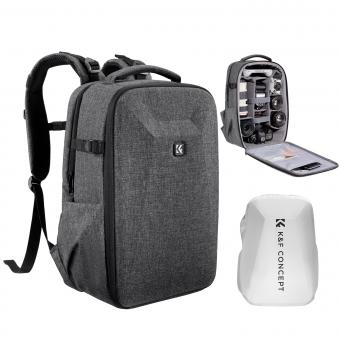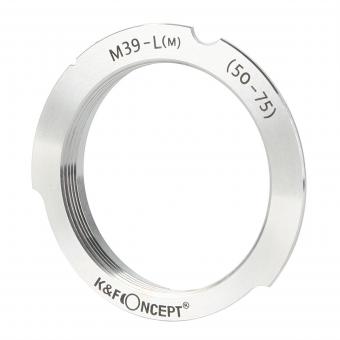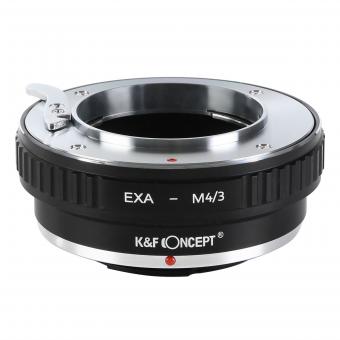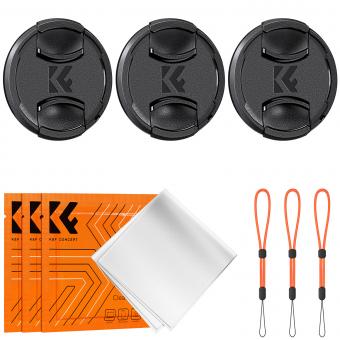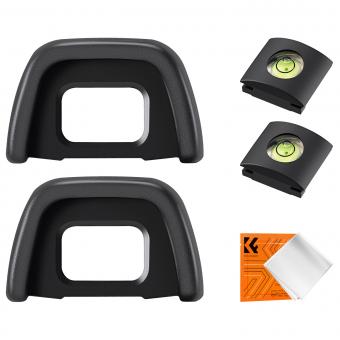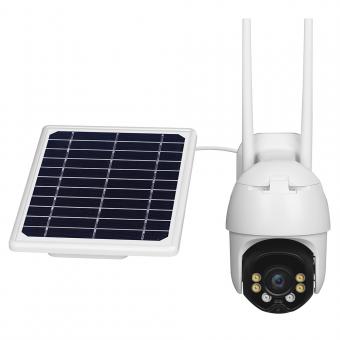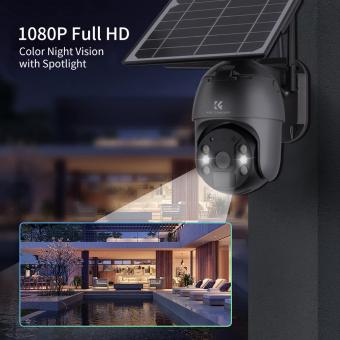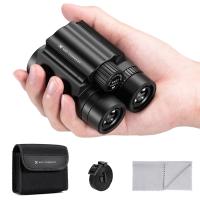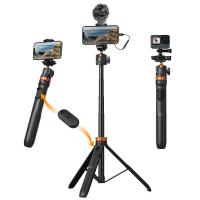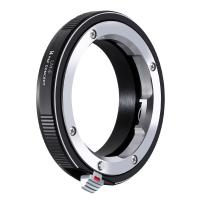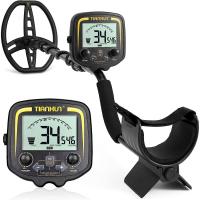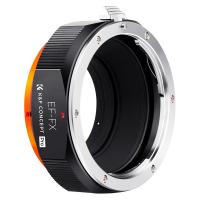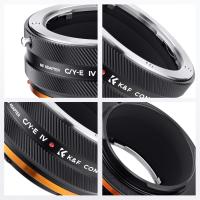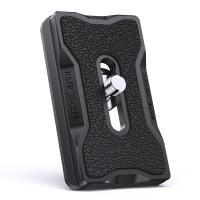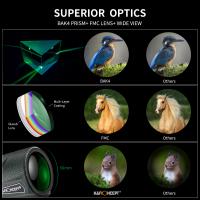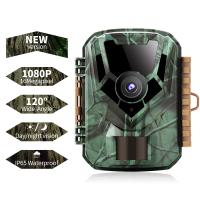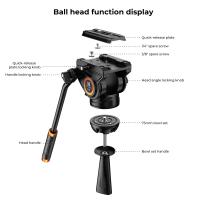How To Use Radio Mics ?
Radio microphones, also known as wireless microphones, are used to transmit audio signals without the need for cables. To use a radio mic, follow these steps:
1. Turn on the transmitter: The transmitter is the part of the radio mic that you hold or clip onto your clothing. Turn it on by pressing the power button.
2. Set the frequency: Most radio mics have a frequency selector switch or button. Set the frequency to match the receiver.
3. Turn on the receiver: The receiver is the part of the radio mic that connects to your sound system. Turn it on by pressing the power button.
4. Connect the receiver to your sound system: Use the appropriate cable to connect the receiver to your sound system.
5. Test the audio: Speak into the microphone and check that the audio is coming through the sound system. Adjust the volume as necessary.
6. Monitor the battery life: Radio mics require batteries to operate. Make sure to monitor the battery life and replace them as needed.
7. Turn off the equipment: When you're finished using the radio mic, turn off the transmitter and receiver to conserve battery life.
1、 Types of Radio Microphones
Types of Radio Microphones:
1. Handheld Microphones: These are the most common type of radio microphones used in live performances, speeches, and presentations. They are easy to use and provide good sound quality.
2. Lavalier Microphones: These are small microphones that can be clipped onto clothing. They are commonly used in television and film production, as well as in live performances where the performer needs to move around freely.
3. Headset Microphones: These are similar to lavalier microphones, but they are worn on the head. They are commonly used in theater productions and live performances where the performer needs to move around and use their hands.
4. Boundary Microphones: These are flat microphones that are placed on a surface, such as a table or podium. They are commonly used in conference rooms and lecture halls.
How to Use Radio Mics:
1. Choose the right microphone for your needs. Consider the type of performance or event you will be using the microphone for, as well as the environment and any potential interference.
2. Set up the microphone properly. Make sure it is securely attached to the performer or placed in the correct position.
3. Test the microphone before the performance. Check the sound quality and make any necessary adjustments.
4. Monitor the microphone during the performance. Make sure it is working properly and adjust the volume as needed.
5. Store the microphone properly after use. Clean it if necessary and store it in a safe place.
In the latest point of view, it is important to consider the frequency range and compatibility with other equipment when choosing a radio microphone. It is also important to be aware of any regulations or restrictions on the use of radio frequencies in your area. Additionally, some newer radio microphones may have features such as digital signal processing and automatic frequency selection, which can improve sound quality and reduce interference.

2、 Setting Up a Radio Microphone System
How to use radio mics:
1. Choose the right frequency: Before setting up your radio microphone system, it is important to choose the right frequency. This will ensure that your microphone is not affected by interference from other devices in the area. It is recommended to use a frequency that is not being used by other devices in the area.
2. Set up the transmitter: The transmitter is the device that is attached to the microphone. It is important to set up the transmitter correctly to ensure that the microphone is working properly. This includes setting the correct frequency, adjusting the gain, and setting the power level.
3. Set up the receiver: The receiver is the device that is connected to the sound system. It is important to set up the receiver correctly to ensure that the microphone is receiving the signal properly. This includes setting the correct frequency, adjusting the gain, and setting the output level.
4. Test the system: Once the transmitter and receiver are set up, it is important to test the system to ensure that it is working properly. This includes testing the microphone, checking for interference, and adjusting the settings as needed.
5. Use the microphone: Once the system is set up and tested, it is time to use the microphone. It is important to position the microphone correctly and to speak clearly into the microphone.
Setting up a radio microphone system can be a complex process, but with the right equipment and knowledge, it can be done easily. It is important to choose the right frequency, set up the transmitter and receiver correctly, test the system, and use the microphone properly. With these steps, you can ensure that your radio microphone system is working properly and providing high-quality sound for your audience. Additionally, it is important to stay up-to-date with the latest technology and regulations regarding radio microphone systems, as these can change over time.

3、 Proper Placement of Radio Microphones
Proper Placement of Radio Microphones:
Radio microphones, also known as wireless microphones, are an essential tool for capturing high-quality audio in a variety of settings. Proper placement of radio microphones is crucial to ensure that the audio captured is clear and free from interference. Here are some tips on how to properly place radio microphones:
1. Choose the right microphone: Before placing the microphone, it is important to choose the right one for the job. Consider the environment, the type of sound you want to capture, and the distance between the microphone and the sound source.
2. Position the microphone correctly: The microphone should be positioned close to the sound source, but not too close that it picks up unwanted noise. It should also be placed in a way that minimizes interference from other sources, such as wind or other electronic devices.
3. Use a windscreen: If you are recording outdoors or in a windy environment, it is important to use a windscreen to reduce wind noise and other unwanted sounds.
4. Monitor the audio: Always monitor the audio to ensure that the sound is being captured correctly. This can be done through headphones or a monitor speaker.
5. Test the microphone: Before recording, it is important to test the microphone to ensure that it is working properly and that the sound is being captured correctly.
6. Stay up-to-date with technology: With the advancement of technology, it is important to stay up-to-date with the latest developments in radio microphone technology. This includes new features such as automatic frequency selection and interference detection.
In conclusion, proper placement of radio microphones is essential to ensure high-quality audio capture. By following these tips and staying up-to-date with the latest technology, you can ensure that your recordings are clear and free from interference.

4、 Troubleshooting Radio Microphone Issues
How to use radio mics:
1. Choose the right frequency: Before using a radio mic, it is important to choose the right frequency to avoid interference from other devices. Check the frequency range of your mic and make sure it is compatible with your receiver.
2. Set up the receiver: Connect the receiver to your sound system and turn it on. Make sure the receiver is set to the same frequency as your mic.
3. Turn on the mic: Turn on the mic and make sure it is paired with the receiver. Some mics may require you to press a button to sync with the receiver.
4. Adjust the volume: Adjust the volume of the mic to ensure it is at an appropriate level for your needs.
5. Test the mic: Test the mic by speaking into it and checking that the sound is coming through the sound system. Make any necessary adjustments to the volume or frequency.
Troubleshooting Radio Microphone Issues:
1. Check the batteries: If your radio mic is not working, the first thing to check is the batteries. Make sure they are fully charged or replace them with new ones.
2. Check the frequency: If you are experiencing interference or dropouts, check the frequency of your mic and receiver. Make sure they are set to the same frequency and that there are no other devices nearby that could be causing interference.
3. Check the antenna: Make sure the antenna on your receiver is properly connected and positioned for optimal signal strength.
4. Check the cables: Check all cables and connections to ensure they are properly connected and not damaged.
5. Reset the system: If all else fails, try resetting the system by turning off the mic and receiver and then turning them back on again.
It is important to note that with the increasing use of wireless devices, the available frequency spectrum for radio mics is becoming more crowded. This can lead to increased interference and dropouts. It is recommended to use frequency coordination software to help manage multiple wireless devices and avoid interference. Additionally, some countries have implemented frequency regulations to help manage the use of wireless devices and reduce interference.




